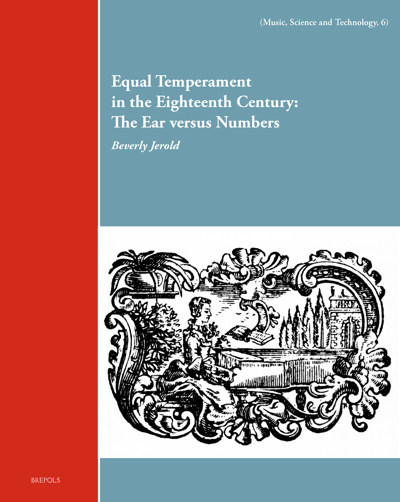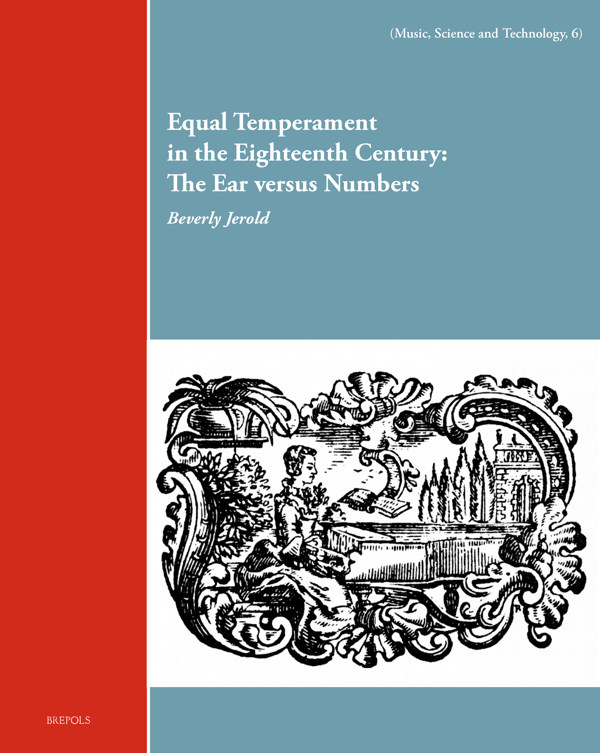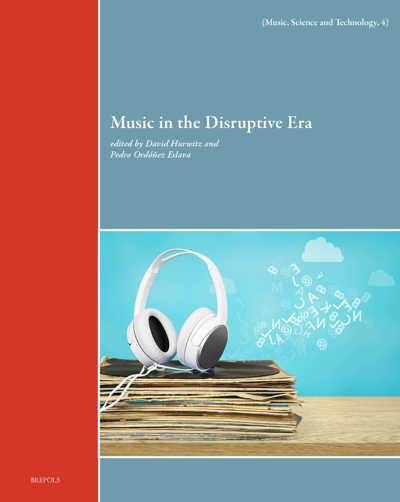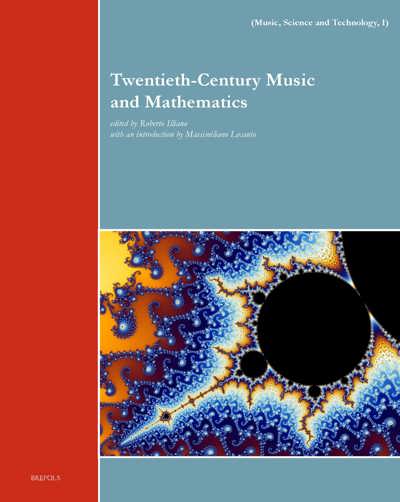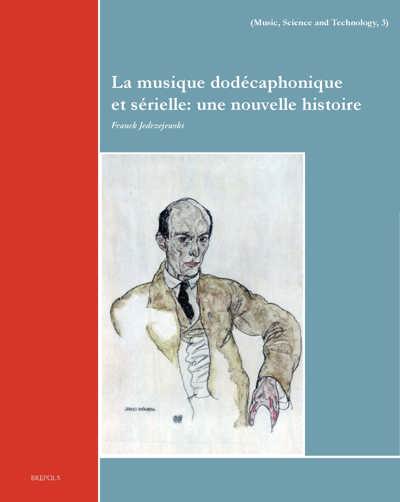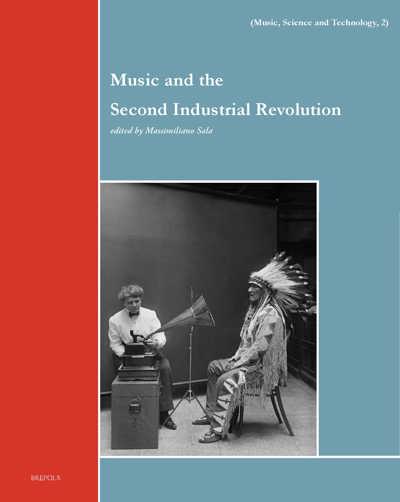
- Pages: xiv + 186 p.
- Size:210 x 270 mm
- Illustrations:13 b/w, 12 musical examples
- Language(s):English
- Publication Year:2023
- € 100,00 EXCL. VAT RETAIL PRICE
- ISBN: 978-2-503-60675-0
- Hardback
- Available
This monograph aims to make the subjects of tuning, temperament and intonation accessible to performers, as well as scholars
Beverly Jerold’s recent publications include: Disinformation in Mass Media: Gluck, Piccinni and the Journal de Paris, RMA Monographs (Routledge, 2021); Music Performance Issues: 1600-1900 (Pendragon, 2016); The Complexities of Early Instrumentation: Winds and Brass (Brepols, 2015); ‘Tempo Fluctuation and Sensibility in Early Music’, in: Sound Studies Review (Brepols), forthcoming. ‘The 19th-Century Piano and Finger-Strengthening Devices’, in: The Musical Times, CLXII/1956 (2021), pp. 21-39.
Today, many have urged early music specialists to adopt a historical unequal temperament for keyboards and harps, and even for instruments whose frets produce equal temperament naturally. Equal temperament, however, played a significant role during this period, but most writing today has stressed the numbers from early mathematicians who believed that the more just intervals a temperament has, the better it will be. Major writers, however, pressed for equal temperament because it enabled full use of the keyboard, transposition, and enharmonic notes. In contrast, the major and minor semitones of unequal temperaments, and their flats pitched higher than sharps, limited the keyboard’s usable compass and made enharmonic notes and transposition impossible. As advanced thinkers were aware, performers with pitch flexibility did not follow the theorists’ numbers. An accompaniment in equal temperament offered them free rein to find the best intonation because its ratios for fourths and fifths are closest to the natural ones. Among the many writers who supported equal temperament was Jakob Adlung, who observed that the theorists’ calculations gave rise to the argument: “Whether the ear or the numbers should judge if music sounds in or out of tune”.
Foreword
Glossary of terms
Abbreviation of journal
Abbreviaton of refence works
CHAPTER ONE: 'EARS TO HEAR, BUT DO NOT HEAR'
Introduction
Late Renaissance Intonation
Later Intonation Standards
Eighteenth-Century Views
Theory vs. Practice
Tuners and the Monochord
CHAPTER TWO: FUNDAMENTALS
Measurement
The Construction of Meantone Temperament
The Monochord
The Ear's Tolerance for Pitch Discrepancies
The Meaning of 'Diatonic'
Equal Temperament in Practice
CHAPTER THREE: TEMPERAMENT IN ITALY AND FRANCE
Equal Temperament in Italy
Equal Temperament in France
Marin Mersenne
Equal Temperament and Instruments
Jean-Philippe Rameau
Reaction
The Francophile Marpurg
Temperament Requirements in French Music
CHAPTER FOUR: CLARIFYING THE ISSUES
The Necessity for Equal Temperament
Does an Unequal Temperament Make All Keys Usable?
Werckmeister and Equal Temperament
Well-Tempered
Neidhardt and Equal Temperament
CHAPTER FIVE: TEMPERAMENT IN GERMANY
The Acceptance of Equal Temperament
Key Characteristics
Kirnberger and Temperament
CHAPTER SIX: INTONATION
Flexible Intonation
Eighteenth-Century Intonation
The Curious Story of the Prelleur Violin Chart
The Influence of Traditional Theory
Differentiating between Theory and Practice
Orchestral Intonation
Tuning and Intonation
CHAPTER SEVEN: ORGAN TEMPERAMENT AND J.S. BACH
Equal Temperament and the Organ
Musical Scores
Equal Temperament in Bach's Area
Builders and Temperament
Bach's Harmonic Tequirements
Postscript
CHAPTER EIGHT: EXPRESSIVE INTONATION
Equal Temperament and Expressive Intonation
Mathematicians' Reaction
CONCLUSION
BIBLIOGRAPHY
INDEX OF NAMES
